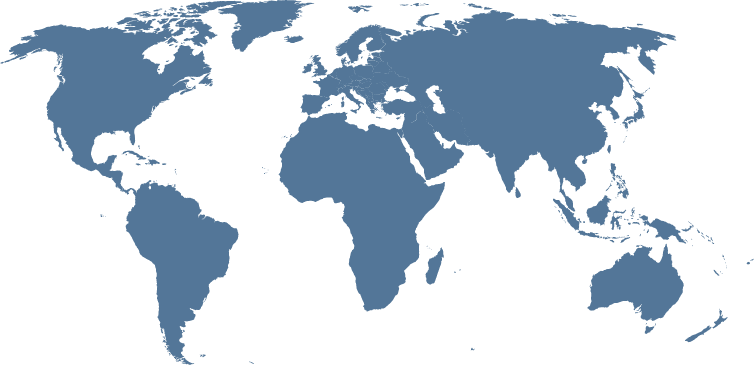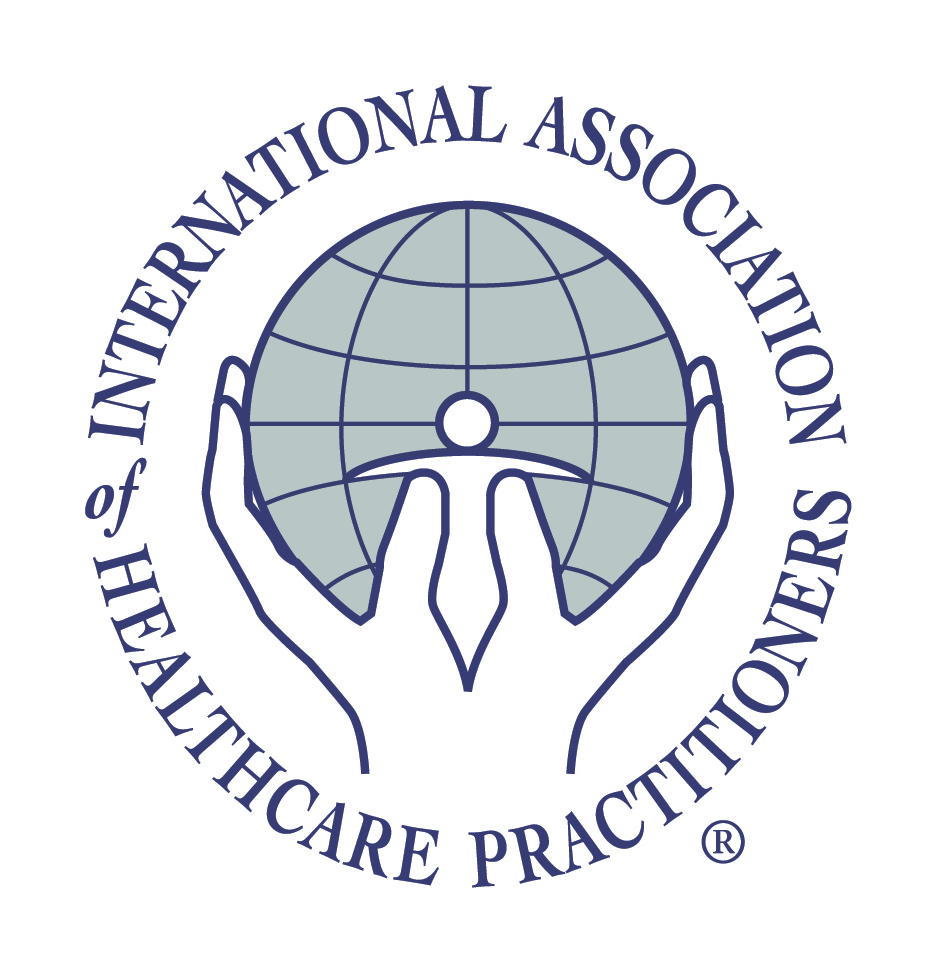Discover Visceral Manipulation
Visceral Manipulation (VM) was developed by French Osteopath, Jean-Pierre Barral. He was named one of TIME Magazine's Top Six Innovators for Alternative Medicine to watch in the new millennium.
This delicate manual therapy is often cited as a missing link in the treatment of recurring musculoskeletal pain, postural distortions and biomechanical dysfunction. Barral and his international instructing team have trained healthcare professionals around the world.
Visceral Manipulation can benefit:
- Chronic musculoskeletal pain
- Headaches and Migraines
- Sciatica
- Back, hip and knee pain
- Repetitive strain injuries, e.g. Carpal Tunnel Syndrome
- Whiplash and other physical trauma
- Shoulder periarthritis and capsulitis
- Restricted range of motion
- Vertigo
- Post-surgical pain and Scar tissue
- Post-cardiac surgery
- Swallowing difficulties
- Acid Reflux and Heartburn
- Women's health issues
- Endometriosis
- Fibroids and Cysts
- Bladder incontinence
- Crohn's Disease
- Liver disorders
- Digestive disorders
- Pediatrics issues
- Neuromotor problems
- Ward off infection
- Emotional disorders
- Anxiety and Depression
- Post Traumatic Stress Disorder
- and much more
What is Visceral Manipulation
"Viscera" relates to the internal organs of the body, such as the liver, kidneys and intestines. Visceral Manipulation is a gentle manual therapy that aids your body's ability to release restrictions and unhealthy compensations that cause pain and dysfunction. Visceral Manipulation, or VM, does not focus solely on the site of pain or dysfunction, but evaluates the entire body to find the source of the problem. The VM therapist feels for altered or decreased motion within the viscera, as well as restrictive patterns throughout the body and then applies VM techniques. VM therapy re-establishes the body's ability to adapt and restore itself to health.
How Many Sessions Does It Take?
As each person's situation is different, the number of visits will vary. Many people experience significant improvement within three to five therapy sessions; others may require additional treatment. You and your practitioner will develop a plan based on your needs and how your body responds to treatment.
What Does It Feel Like?
VM is a soft hands-on manual therapy. Underneath the pain or diagnosis is a compensatory pattern created in the body with the initial source of the dysfunction often being far from where the pain is felt. Because of this, the practitioner searches for this pattern and the source, and treats the related tissues. The treatment is a gentle compression, mobilization and elongation of the soft tissues. As the source of the problem is released, the symptoms will start to decrease as the body returns to greater health. This could take several days to occur after the Visceral Manipulation treatment.
How Can Organs Cause Pain and Dysfunction?
Your body is made up of many interrelated components such as bones, muscles, nerves, a thin connective tissue called fascia, as well as the internal organs (viscera). Your organs are in perpetual motion. When you breathe, walk and stretch, your organs move in your chest and abdomen. For example, when you take a breath, your kidneys move one inch; and with deep inhalation, they move 4 inches. In a day, they move a little over ½ mile. That's around 19,000 miles in a lifetime!
This movement of organs is transmitted through fascia to other structures of the body. When you are healthy, all the structures move with an interconnected fluidity. All of this movement is important as it influences activities throughout the body from the tiniest cellular pulsations to rhythmic contractions of the heart and blood flow. Optimum health relies on a harmonious relationship between the motions of the organs and other structures of the body.
There are many reasons for an organ to lose its mobility: physical traumas, surgeries, sedentary lifestyle, infections, pollution, bad diet, poor posture and pregnancy/delivery. When an organ is no longer freely mobile but is fixed to another structure, the body is forced to compensate. This disharmony creates fixed, abnormal points of tension and the chronic irritation gives way to functional and structural problems throughout the body – musculoskeletal, vascular, nervous, urinary, respiratory and digestive, to name a few.
Imagine scar tissue around the lungs. Because of the pull of the adhesion, with every breath, the movement patterns of the nearby structures would be altered. This could shift rib motion creating pulls on the spine. These restrictions might then show up as mid-back and neck pain, as well as limited motion in the shoulder. This scenario highlights just one of hundreds of possible ramifications of a small dysfunction - magnified by thousands of repetitions each day. This also explains how pain can often be far removed from the actual cause.
Testimonials
An irritable baby with developmental delays came into my office with full body eczema and allergies to almost every food. I determined that the common bile duct, duodenum and liver were restricted. This meant that the baby could not digest and metabolize fats and proteins. The release of the common bile duct took less than thirty seconds. Her liver and duodenum freed up and the eczema cleared. She began to grow and became a happy child. Her gross motor skills and speech skills improved. Now, age of 3, she has no more delays.
J.Z., Albuquerque, NM
A man in his mid-thirties came to see me with low back and knee pain, overall low energy, as well as digestive problems. At the age of 13 he had an appendectomy. Scar tissue had formed that decreased the mobility of his large intestine. Scar tissue also pulled down on his right kidney. Since the kidney, which has a strong effect on energy and metabolism, was not moving and working properly, he felt tired. The restriction of the kidney also caused the muscles and fascia around that kidney to be tight, which caused low back pain and misalignment of his right leg. Because of this misalignment and the compression of the nerves behind the kidney that go to the knee, he was also experiencing right knee pain. These symptoms of right knee pain, right low back pain, low energy, and digestive problems were all linked back to scar tissue from the appendectomy at age 13. By releasing the scar tissue and enabling the intestines and kidney to move properly, his symptoms abated.
G.W., Newport Beach, CA
How are Our Emotions Stored in the Organs?
It is well documented that our emotions have a great impact on how our body functions, and this is greatly due to how receptive organs are to our feelings. Different emotions affect different organs. Emotional reactions can translate into simple spasms in the gallbladder to heartburn, vomiting, feeling faint, ulcers, and serious diseases. When the brain receives negative emotions it sends tension to the related organ, the organ then sends tension back to the brain resulting in a vicious cycle. Conversely, a physically damaged or imbalanced organ can stimulate emotional upset. VM can break this cycle, enhance the health of the organ, and restore emotional balance.
How Did Visceral Manipulation Begin?
Jean-Pierre Barral is an Osteopath and Registered Physical Therapist from France. He first became interested in the movement of the body (biomechanics) while working at the Lung Disease Hospital in Grenoble, France with Dr. Arnaud, a recognized specialist in lung diseases and a master of cadaver dissection. Barral was able to follow patterns of stress in the tissues of cadavers as he studied biomechanics in living subjects. This introduced him to the visceral system, its potential to promote lines of tension within the body, and the notion that tissues have memory. Barral's clinical work with the viscera led to his development of this form of manual therapy that focuses on the internal organs, their fascial environment and the potential influence on structural and physiological dysfunctions. The term he coined for this therapy was Visceral Manipulation.
Jean-Pierre Barral began teaching Visceral Manipulation in the United States in 1985. Since then he has trained a team of International Instructors that teach Visceral Manipulation seminars around the world. He has authored numerous textbooks for healthcare professionals, and has also authored a book for the general public, Understanding the Messages of Your Body, which discusses the important link between our organs and our emotions.

Understanding the Messages of Your Body
By Jean-Pierre Barral, D.O., MRO(F)
We are all born with certain parts of our bodies that are less healthy than others, and as the stresses and traumas of life accumulate, these areas become what Jean-Pierre Barral calls our bodies' "weakest link." This is especially the case with our internal organs.
In this book, Barral discusses each organ and its complex relationship with the rest of the body, explaining how pain can originate with an emotional upset that creates distress in an organ, or how a physically damaged organ can cause emotional problems.

The Barral Institute Around The World
Access BI education wherever you are — from Argentina and Canada to the United Kingdom and Australia. BI offers classes worldwide through a collaboration with 51 International Affiliates. Through BI's international connections, our courses are available to tens of thousands of therapists each year who are helping to change lives, beginning with their own.

The Barral Institute International Network
The Barral Institute is a member of the International Alliance of Healthcare Educators (IAHE). This network of healthcare educational programs offers training in evidence-informed and evidence-based disciplines including Visceral Manipulation, Neural Manipulation, CranioSacral Therapy, SomatoEmotional Release, Total Body Balancing, Lymphatic Balancing, and many more. These integrative trainings foster the critical thinking skills necessary to make evidence-informed clinical decisions in order to help facilitate the best possible client outcomes.
Alumni of IAHE courses become part of a global referral network, the International Association of Healthcare Practitioners (IAHP).



